Sarotorna is a genus of moths in the family Gelechiidae.
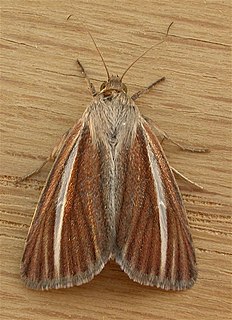
Heliocheilus cramboides is a moth of the family Noctuidae. It is found in Victoria, Western Australia, the Australian Capital Territory, New South Wales, the Northern Territory, Queensland and South Australia.
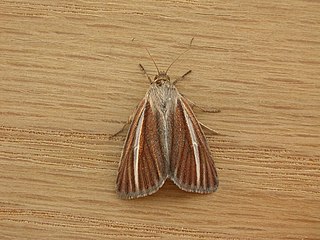
Heliocheilus is a genus of moths of the family Noctuidae. Former synonyms include Canthylidia.

Heliocheilus aberrans is a moth in the family Noctuidae. It is found in the Australian Capital Territory, New South Wales, Northern Territory, Queensland, Victoria and Western Australia.

Heliocheilus aleurota is a moth in the family Noctuidae. It is found in New South Wales, the Northern Territory, Queensland, South Australia, Victoria and Western Australia.

Heliocheilus cistella is a moth in the family Noctuidae. It is found in the Australian states of Northern Territories, Queensland and Western Australia.
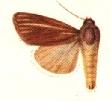
Heliocheilus eodora is a moth in the family Noctuidae. It is found in the Australian Capital Territory, New South Wales, the Northern Territory, Queensland, South Australia and Western Australia.
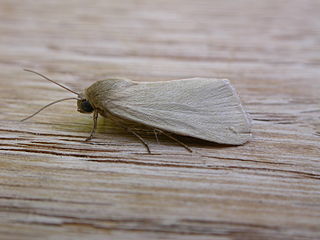
Heliocheilus moribunda is a moth in the family Noctuidae. It is found in the Australian Capital Territory, New South Wales, the Northern Territory, Queensland and Western Australia.

Heliocheilus pallida is a moth in the family Noctuidae. It is found in the Australian Capital Territory, New South Wales, the Northern Territory, Queensland, South Australia and Western Australia.

Heliocheilus julia is a North American moth in the family Noctuidae. Heliocheilus julia is attracted to lights. Its life history and host plants are unknown.
Heliocheilus albivenata is a moth in the family Noctuidae. It is endemic to Western Australia.
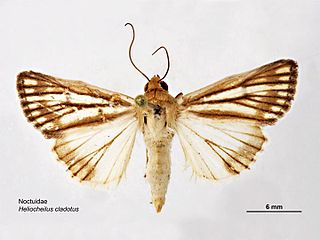
Heliocheilus cladotus is a moth in the family Noctuidae. It is endemic to New South Wales, the Northern Territory, Queensland, South Australia and Western Australia.
Heliocheilus halimolimnus is a moth in the family Noctuidae. It is endemic to Queensland and South Australia.
Heliocheilus ranalaetensis is a moth in the family Noctuidae. It is endemic to South Australia.
Heliocheilus vulpinotatus is a moth in the family Noctuidae. It is endemic to the Australian Capital Territory, New South Wales and Queensland.
Heliocheilus rhodopolia is a moth in the family Noctuidae. It is endemic to New South Wales, the Northern Territory, Queensland and Western Australia.
Heliocheilus neurota is a moth in the family Noctuidae. It is endemic to New South Wales, the Northern Territory, Queensland and Western Australia.
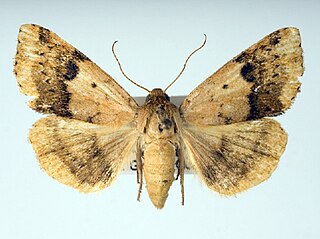
Heliocheilus lupatus, the purple topper, lupatus straw moth or spotted straw moth, is a moth in the family Noctuidae. The species was first described by Augustus Radcliffe Grote in 1875. It is found in the United States from Kentucky and central Connecticut south to Florida and Texas.

Heliocheilus multiradiata is a species of moth of the family Noctuidae first described by George Hampson in 1902. It is found in Africa, including South Africa and Zimbabwe.
Sarotorna mesoleuca is a moth of the family Gelechiidae. It is found in Australia, where it has been recorded from New South Wales and Victoria.
This page is based on this
Wikipedia article Text is available under the
CC BY-SA 4.0 license; additional terms may apply.
Images, videos and audio are available under their respective licenses.





